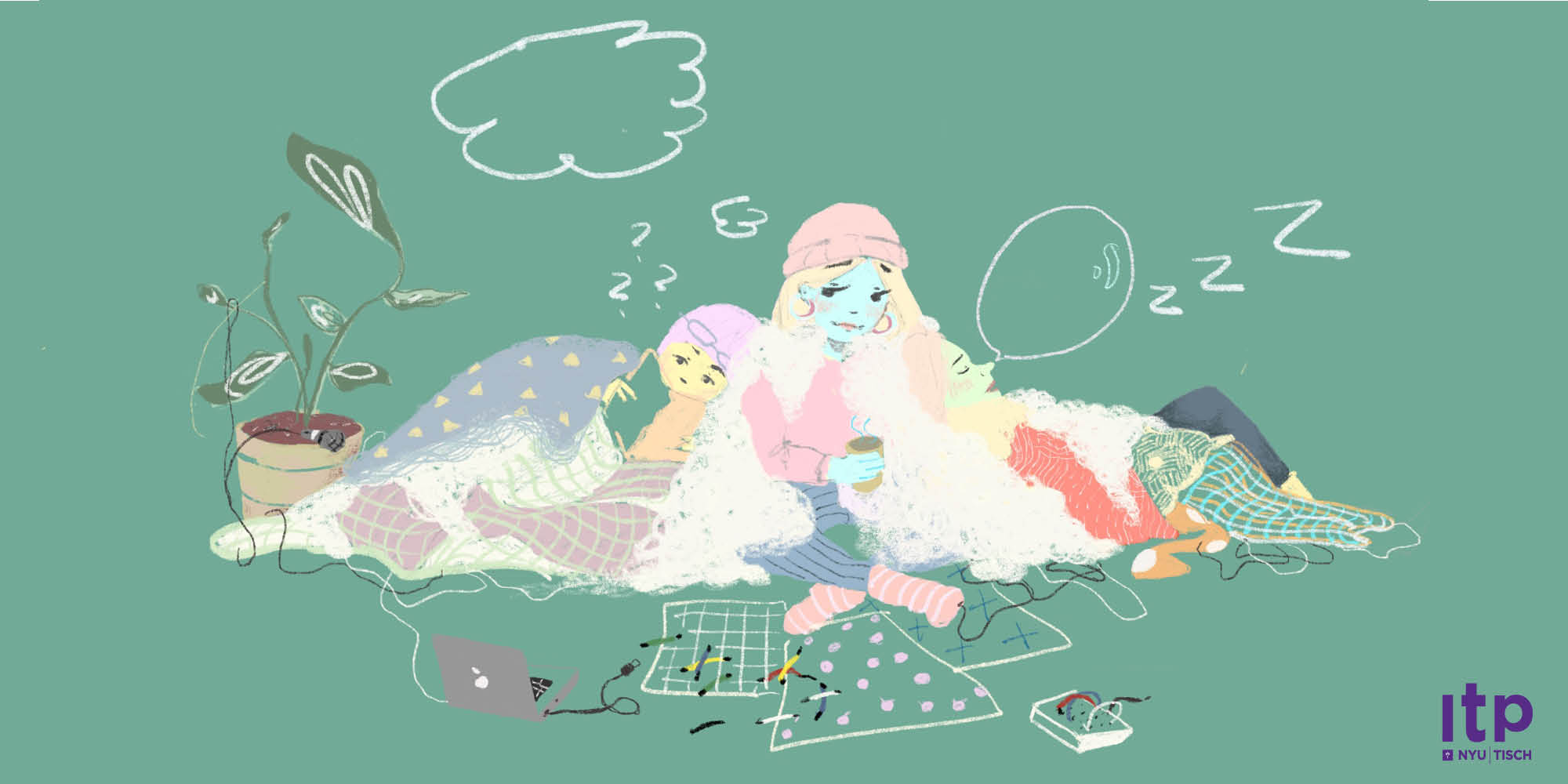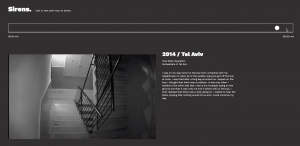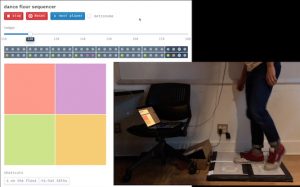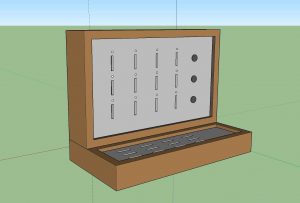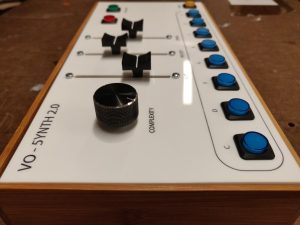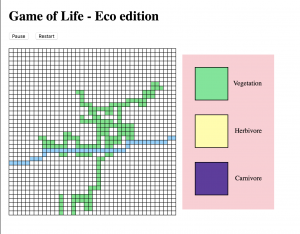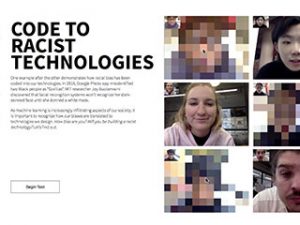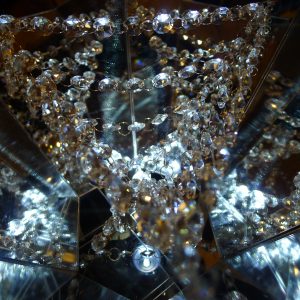Dana Elkis
Since the day I was born I heard a total of 673 minutes of sirens = 11 hours and 22 minutes.
https://pinkeey9.wixsite.com/danaelkisblog/blog/sirens
Description
When a siren goes off, you have 60 seconds to find the safest spot available, it could be the staircase in, a safe-room in your house, a shelter in the building or sometimes just lying on the ground and protecting your head. Then you wait. Waiting in silence for the boom to come.
I edited all these sirens into one long musical piece, Some of the sirens presented in my project are part of the israeli culture to commemorate and some are provided as an emergency warning of a danger like in war times.
For every siren presented I collected all the information I could access . The information contains: the city, address, year, the current event that brought on the siren and sometimes a memory I could recall. The sound of every siren accompanies it’s related data as well as a live surveillance camera documenting the location it was heard in today.
It’s all about this moment of waiting for something to happen.
My project contain 4 main elements:
csv file with all the data that i collected, 11 hours and 22 minutes of sirens in one music piece
8 live cameras from israel (whom i had to hack a little bit to get access to)
And a print version of the sound wave of the 673 minutes of the sirens.
The book will be 800 pages thick, hard cover. Black and white printing. 120gsm uncoated paper.
*the probject runs on a local server on my computer
Classes
Introduction to Computational Media
